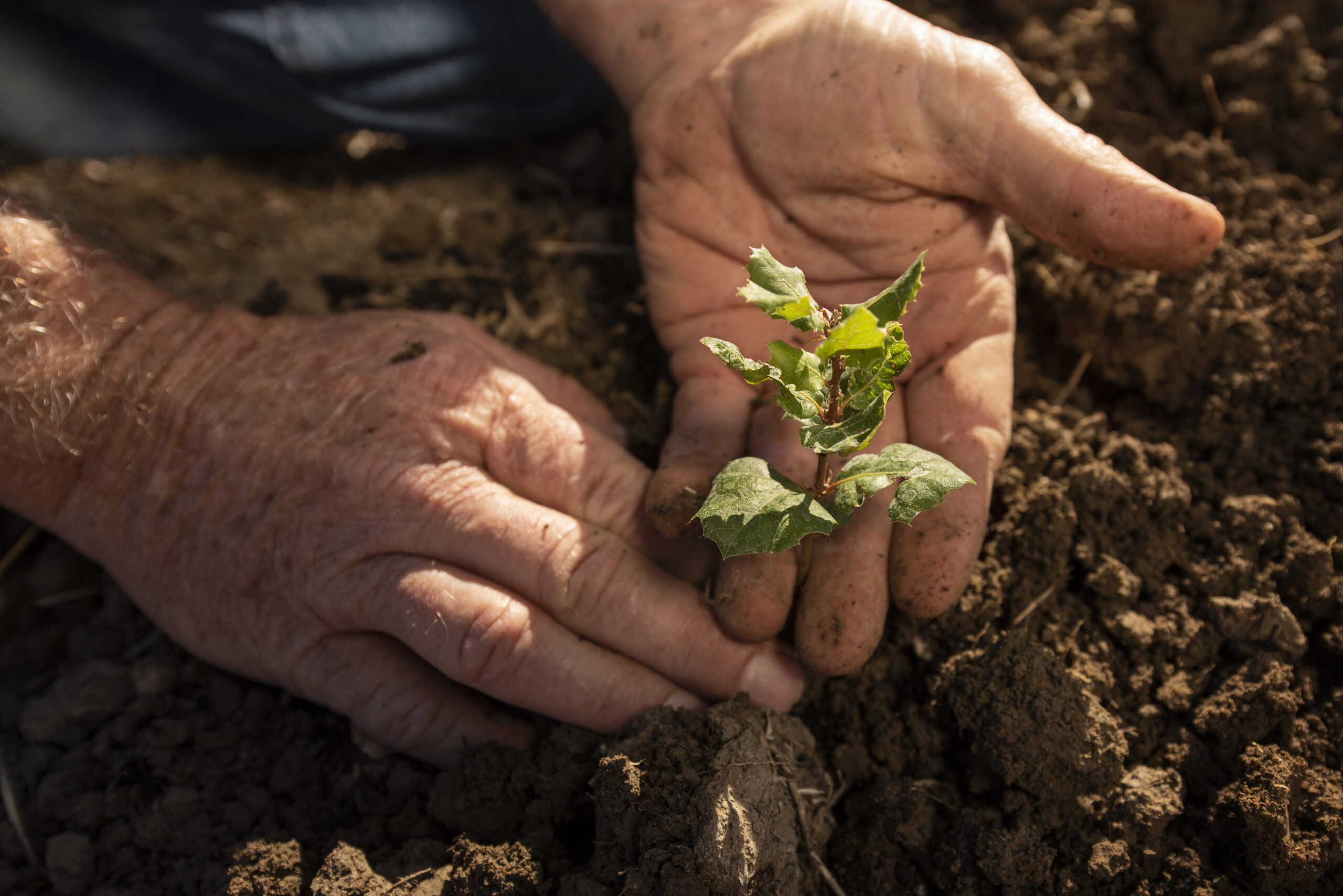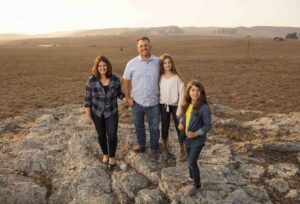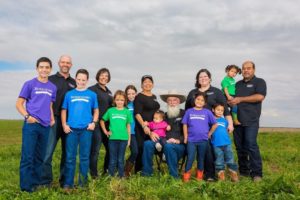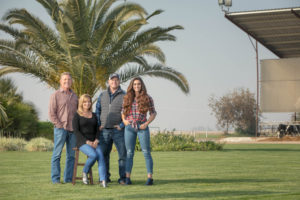
When it comes to keeping California leading in conservation, our landowners are key front-line defenders of the environment. Over 50% of all land in California is privately owned, and how people manage this land has a dramatic effect on our environment, from combatting climate change, to boosting clean air and water, to protecting wildlife.
Leopold Conservation Award
The Leopold Conservation Award inspires other landowners by example and provides a visible forum where farmers, ranchers and other private landowners are recognized as conservation leaders. Award co-sponsors Sand County Foundation, the California Farm Bureau Federation, American Farmland Trust and Sustainable Conservation are pleased to be able to highlight three more stellar finalists this year – the statewide award’s 15th year. Congratulations, all!

The Poncia Family pride themselves on their sustainable ranching practices, and how they’ve adapted their business strategies in a challenging year.
Stemple Creek Ranch (Marin County) have farmed near Tomales, California for four generations. Loren and Lisa Poncia take great pride in their herds and how they manage their land to build organic matter and carbon in their soil. From ensuring migratory birds have habitat on their lands to planting trees, fencing riparian areas to protect critically endangered species and working early with the Marin Carbon Project as one of their three demonstration farms, the Poncias have reduced their off-site feed, harvest their animals year-round and boast more than 50 species of birds, owls, ducks and bees on their property. They regularly host soil scientists from around the world on their property to continue improving and refining their sequestration efforts, and have adapted in 2020 to meet the significant challenges this year brings to us all.

For nearly two decades, the Burroughs family has transitioned their operations to certified organic standards, and they continually refine their farming practices.
Burroughs Family Farms (Stanislaus County) is owned and operated by Ward and Rose Marie Burroughs and their children who raise dairy and beef cattle, poultry, eggs, almonds and olives. Over the past 17 years they have transitioned all of their operations to meet certified organic standards. They continually refine their systems to reduce water use, improve soil fertility, and increase biodiversity. Rotationally grazing cattle and chickens in their orchards to feed on cover crops (rather than mowing or using herbicides) is one example of how they work to create one holistic, interrelated system of farming. They’ve hosted a variety of on-farm research projects, including studying the carbon-sequestration benefits of reincorporating almond hulls back into orchards after processing.

The Verweys are working toward a goal of becoming a net-zero carbon dairy farm, and have dedicated habitat on their farm for native habitat and wildlife.
Philip Verwey Farms (Kings County) is a 9,500-cow dairy farm that conserves water and energy while producing milk and electricity. Water is used several times to chill milk tanks, clean the barn and parlor, and provide the herd’s drinking needs, thanks to a watering recycling system. A covered-lagoon manure digester generates electricity for the farm’s buildings, irrigation wells, and 3,000 area homes. Replacing diesel-powered feed mixers with electric mixing stations increased efficiency while reducing air emissions. The Verweys are working toward a goal of becoming a net-zero carbon dairy farm. They have also dedicated habitat for native vegetation, trees, and birds.
The 2020 California Leopold Conservation Award will be presented in December at the California Farm Bureau Federation’s (virtual) Annual Meeting. The award recipient will receive $10,000 and a crystal depicting Aldo Leopold.
The California Leopold Conservation Award is made possible thanks to generous contributions from many organizations, including The Harvey L. & Maud S. Sorensen Foundation, Farm Credit, The Nature Conservancy in California, McDonald’s and California LCA recipient alumni.
